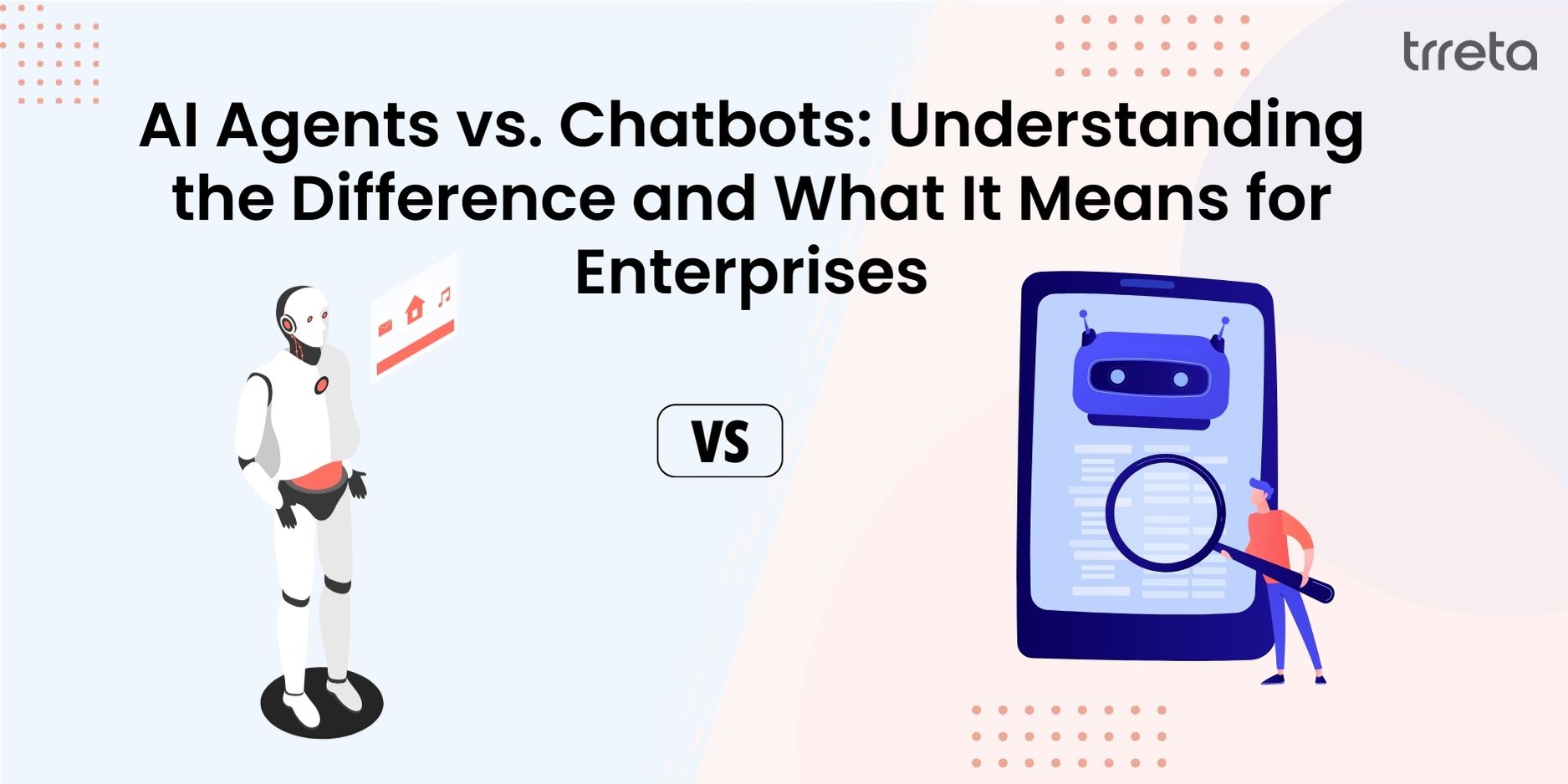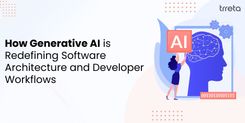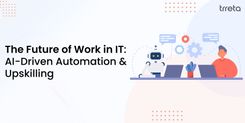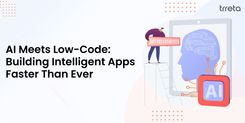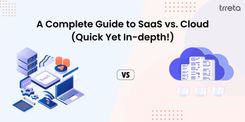For more than a decade, enterprises have relied on chatbots to automate customer service, sales, and support functions. They’ve been programmed to answer frequently asked questions, handle simple transactions, and reduce pressure on human teams.
But here’s the reality: traditional chatbots often frustrate users. They’re scripted, rigid, and fail when a conversation goes off-script. Enter the next evolution - AI agents. Unlike their chatbot predecessors, AI agents are built on generative AI and advanced reasoning models, giving them the ability to handle complex tasks, adapt dynamically, and operate more like digital co-workers than question-answer machines.
So what does this shift mean for enterprises? Let’s unpack it.
What Exactly is a Chatbot?
A chatbot is a software program designed to simulate conversation with users, typically via text or voice.
They’re rule-based or flow-driven.
They follow pre-scripted decision trees.
They excel at repetitive, predictable tasks like checking order status, booking appointments, or FAQs.
Chatbots shine when conversations are short, structured, and limited in scope. But once users deviate from the script, the system often breaks down.
What are AI Agents?
AI agents represent the next step forward. They’re powered by large language models (LLMs), natural language understanding (NLU), and reasoning engines. Unlike chatbots, they don’t just “answer questions” - they perform tasks, learn from interactions, and adapt in real time.
Think of an AI agent as a digital team member that:
Can access multiple enterprise systems (CRM, ERP, HRMS, etc.)
Takes contextual actions, not just answers
Learns from feedback and improves over time
Handles multi-step workflows like onboarding employees, resolving IT tickets, or preparing sales reports
In essence, where chatbots were reactive, AI agents are proactive problem-solvers.
Key Differences: Chatbots vs. AI Agents
|
Feature |
Chatbots | AI Agents |
| Technology | Rule-based, scripted | Generative AI, LLMs, contextual reasoning |
| Scope | Limited to predefined flows | Broad, can handle dynamic and unpredictable queries |
| Capabilities | FAQs, transactional tasks | Multi-step workflows, decision-making, system integration |
|
Learning Ability |
Static | Learns, adapts, and improves |
| User Experience | Functional but rigid | Conversational, human-like, intuitive |
| Enterprise Impact | Cost-saving on repetitive tasks | End-to-end automation, efficiency, and innovation |
Why This Shift Matters for Enterprises
1. Customer Experience Redefined
Today’s customers expect human-like conversations. AI agents don’t just give responses - they understand context, sentiment, and intent. They can follow up, clarify, and personalize interactions, making the experience far smoother than chatbots ever could.
2. Beyond Cost Saving
Chatbots were primarily adopted to cut costs in call centers. AI agents, on the other hand, drive value creation. They can increase sales through personalized recommendations, improve employee productivity with task automation, and even enhance compliance by following enterprise rules.
3. Integration Across Systems
Most chatbots work in silos - they can’t talk to multiple applications at once. AI agents are different. They can log into enterprise systems, pull data from different sources, and take action across platforms. For example, an AI HR agent can update leave records, notify managers, and trigger payroll adjustments—all in one go.
4. Scalability and Flexibility
Chatbots require manual updating whenever processes change. AI agents can adapt dynamically. They scale across departments, geographies, and functions without the need for constant reprogramming.
5. Workforce Transformation
AI agents don’t just automate tasks; they augment human teams. Imagine:
A sales AI agent preparing meeting briefs with customer history.
A finance AI agent reconciling invoices automatically.
An HR AI agent conducting first-level interviews.
This doesn’t replace humans but frees them to focus on higher-value, strategic work.
Challenges Enterprises Must Consider
Data Privacy & Security: Giving AI agents access to multiple enterprise systems means strict governance is required.
Bias & Accuracy: Generative AI can make mistakes. Enterprises must design feedback loops and oversight mechanisms.
Change Management: Employees need to be trained to work alongside AI agents, not resist them.
Cost of Transition: Moving from legacy chatbots to AI agents involves investment in infrastructure, integration, and monitoring.
The Road Ahead: Coexistence, Not Replacement
It’s important to note that chatbots aren’t going away entirely. For simple, repetitive, high-volume tasks, chatbots remain cost-effective and sufficient. AI agents will handle complex, dynamic, cross-functional tasks.
The future is less about “chatbots vs. AI agents” and more about strategically combining them. Enterprises that strike this balance will maximize efficiency while keeping costs optimized.
Final Thoughts
The difference between chatbots and AI agents is more than just technical - it’s philosophical.
Chatbots are scripts.
AI agents are intelligent collaborators.
For enterprises, this evolution represents a chance to move from cost-cutting automation to strategic, value-driven transformation. Those who adopt AI agents thoughtfully will not only improve efficiency but also reimagine how work itself gets done.
The question isn’t if enterprises should move beyond chatbots, but when. And those who act early will lead the curve.
